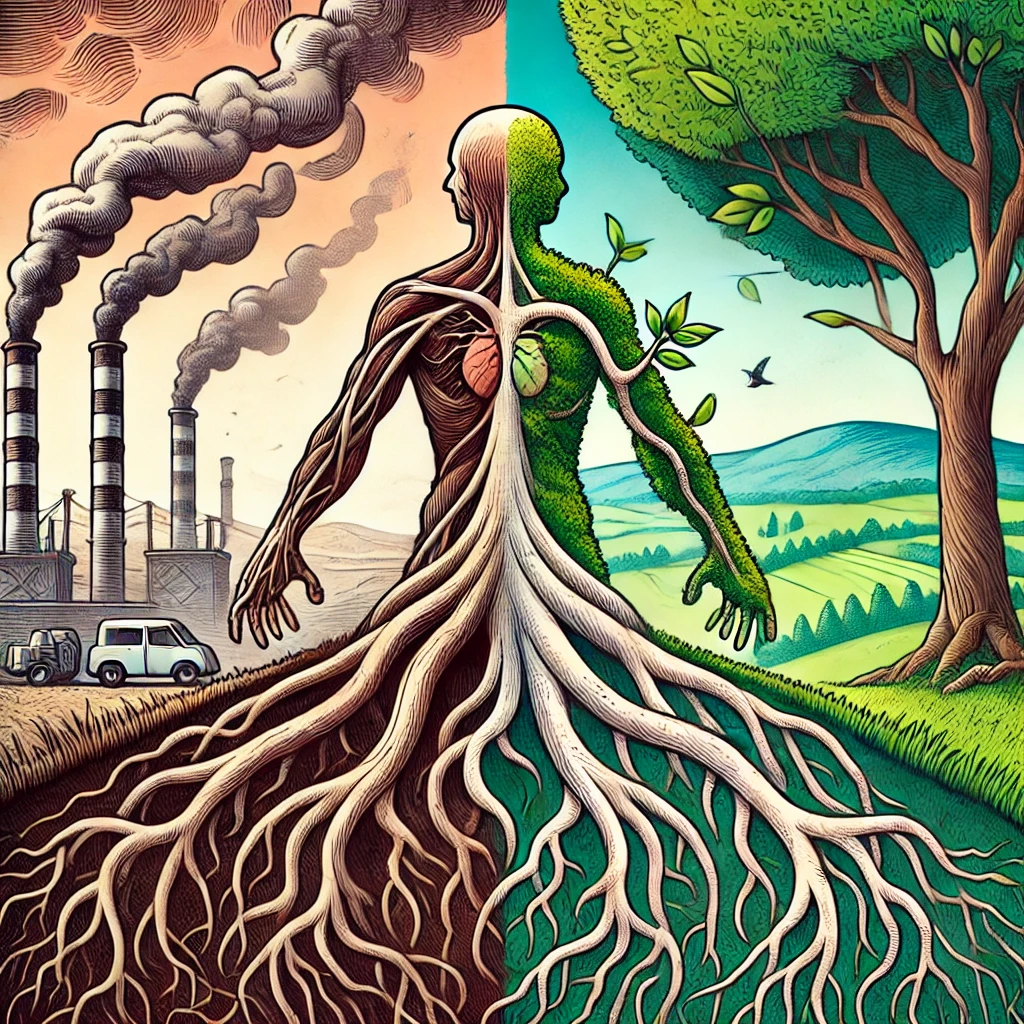
Carbon Credits: What they are and Why they are essential in the fight against Climate Change
In the battle against climate change, one of the most discussed and widely used solutions is carbon credits. But what exactly are they, and what are they used for? Why are they such a hot topic in discussions about sustainability and reducing greenhouse gas emissions? Let’s find out together.
What are Carbon Credits?
Carbon credits represent a unit of measurement equivalent to one ton of CO2 (or other greenhouse gases) that has not been emitted or has been removed from the atmosphere. Essentially, it’s like purchasing a permit to emit one ton of carbon dioxide, or funding a project that removes the same amount of greenhouse gases from the environment. Each carbon credit thus represents a certified emission reduction that can be sold or traded on the market. This tool is part of carbon market policies, a system that allows for the creation of economic value for emission reductions and encourages companies to invest in cleaner technologies.
How do carbon credits work?
The operation of carbon credits is relatively simple. Companies or governments that emit greenhouse gases beyond the allowed limits can purchase carbon credits from projects or businesses that have reduced their emissions or invested in environmental initiatives. In other words, a company that struggles to reduce its own emissions can offset them by funding sustainability projects elsewhere, such as reforestation or renewable energy projects.
There are two main carbon credit markets:
Regulated markets:
Created and managed by national or international policies, such as the European Union Emissions Trading System (ETS). Companies operating in highly regulated sectors must comply with certain emission limits and can use carbon credits to meet part of their obligations.
Voluntary markets:
Where companies, even if not required by regulations, purchase carbon credits to voluntarily reduce their environmental impact and improve their public image.
What are carbon credits used for?
Carbon credits serve to create economic incentives for reducing global emissions. In other words, they put a price on greenhouse gas emissions, pushing companies to become more aware of the environmental impact of their activities.
Offsetting emissions:
When a company cannot sufficiently reduce its emissions, it can purchase carbon credits to offset the tons of CO2 it has produced. For example, a company can offset the emissions from its employees’ air travel by purchasing credits that fund reforestation projects.
Incentivizing sustainable projects:
The purchase of carbon credits funds environmental projects such as reforestation, the development of renewable energy, energy efficiency, or forest conservation. These projects not only reduce emissions but often contribute to improving the quality of life in local communities.
Creating pressure to reduce emissions:
Carbon credits incentivize companies to invest in cleaner technologies, as reducing emissions internally becomes a more economical option in the long term compared to the continuous purchase of credits to offset emissions.
Criticisms and Controversies
Despite the benefits, the carbon credit system is often subject to criticism. Some argue that this tool allows companies to “buy” their way out of making real emission reductions, delaying the adoption of more effective and long-term solutions. Additionally, not all offset projects are created equal: some do not deliver the promised environmental impact, or they are not well-monitored and certified.
A tool for a more sustainable future
Carbon credits represent an important solution in combating climate change, offering companies a way to offset their emissions and fund sustainable projects worldwide. However, to be truly effective, they must be used in conjunction with long-term emission reduction strategies and be well-regulated to ensure that the funded projects produce real and measurable benefits for the environment.
In a world striving to achieve carbon neutrality, carbon credits are a crucial piece of the puzzle, but the ultimate goal remains a significant and permanent reduction in greenhouse gas emissions.




